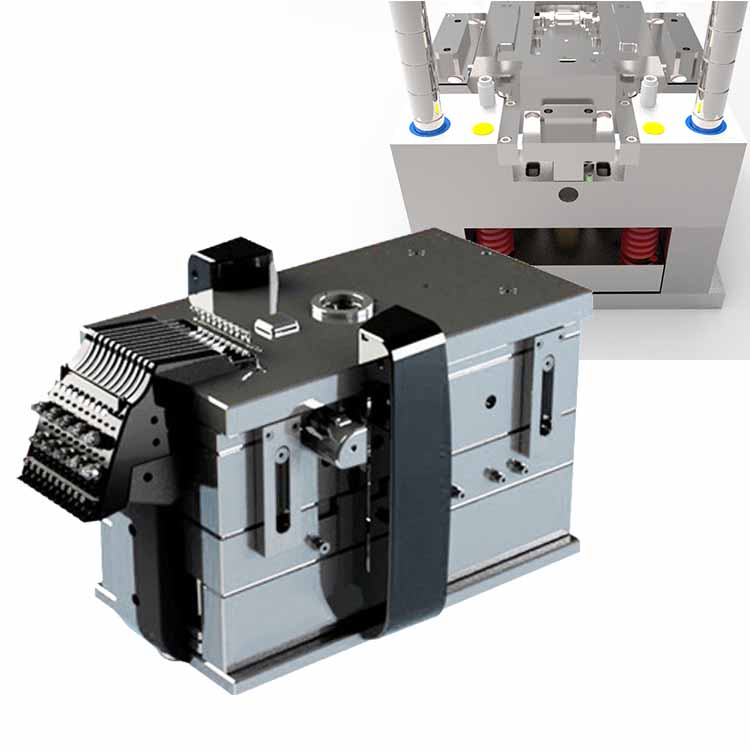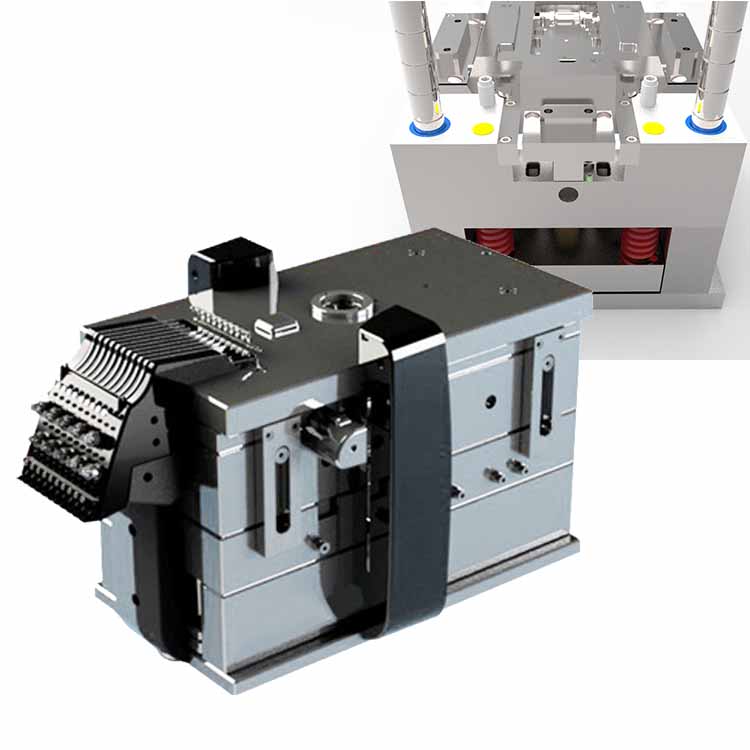The stagnation of Donglai Precision Mold Company’s plastic mold injection molding processing business in 2023 is attributed to five major factors
1. Insufficient market demand: The development of the mold industry is greatly affected by the demand of the manufacturing industry. If the demand of the manufacturing industry is insufficient, it will lead to the stagnation of the mold industry’s business.
2. Slow technological updates: The mold industry needs to constantly update its technology to adapt to changes in market demand. If technological updates are slow, it will lead to products not being able to meet market demand, thereby affecting business development.
3. Intense market competition: The mold industry is a highly competitive industry, and without a competitive advantage, it is difficult for enterprises to gain market share, leading to business stagnation.
4. Financial issue: The mold industry requires a large amount of funds for research and development, production, and sales. If enterprises lack financial support, it will lead to business stagnation.
5. Talent shortage: The mold industry requires high-quality technical talents to promote industry development. If enterprises lack talents, it is difficult to carry out technological innovation and product research and development, thereby affecting business development.

In recent years, the plastic mold processing industry in China has developed rapidly, manifested in the continuous improvement of product skills and the shortening of the plastic mold injection molding production cycle. However, compared to advanced levels, there is still a considerable gap. However, Donglai Precision Mold Company’s plastic mold injection molding processing business has stagnated due to the following four main factors:
In addition, the reasons for the stagnation of the mold industry business are multifaceted, requiring enterprises to comprehensively consider and solve market demand, technological innovation, competitive advantages, financial support, and talent cultivation
1. Injection molding rate
Donglai Precision Mold Company’s plastic mold injection molding processing business is constrained by the upgrading of mold steel products and the global supply of molds, hardware, and plastic industries. With the rapid development of the global economy, the mold industry can achieve high growth throughout the year. In 2011, the mold industry will be steadily developing, with an expected increase of over 18%. Therefore, the total demand for steel in the mold industry will continue to rise. The mold industry is a stable user of the steel industry and a major driver of upgrading steel products. The upgrading of the mold industry is to some extent constrained by the types, quality, and services of high-end steel. More than 80% of foreign mold steel production is achieved through vacuum refining and electroslag remelting, resulting in high purity and isotropy of the steel. However, the proportion of mold steel produced through electroslag remelting in China is very small, about 1/10. The yield rate of mold steel in developed countries abroad ranges from 85% to 90%, while the injection molding rate in China is only 70%.
2. Standardization level of automotive injection molds
Donglai Precision Mold Company’s plastic mold injection molding processing business is constrained by the degree of mold standardization. Automotive molds have entered a professional and standardized stage. Automobile molds are mainly supplied by professional mold manufacturers, with a commercialization rate of over 70%. There are also many enterprises specialized in producing standard parts for molds, with hundreds of standard parts for automobile molds. For example, the standardization rate of molds in Germany and Japan can reach 85%. The standardization level of large-scale molds in domestic mold enterprises is about 25% to 30%. The standardization level of plastic mold injection molding has become one of the bottlenecks restricting the domestic mold production cycle and also affecting the competitiveness of domestic molds.
3. Mold injection molding accuracy

Due to the constraints of Donglai Precision Mold Company’s plastic mold injection molding processing accuracy, lifespan, and production cycle, the precision of Japanese automotive molds can reach 0.02mm, and the precision of plastic mold parting surfaces is controlled at 0.01mm. However, domestic automotive mold brands control the precision of automotive molds at 0.03-0.05mm; The matching accuracy of the plastic mold parting surface is about 0.03mm. The mold production cycle in Germany is 2-20 days, with 4-5 days for material preparation and 2-3 days for trial molding. The mold cycle requirement for Japan and South Korea is 2 weeks. The reason is that they have a dedicated mold parts market where sliders, top rods, sprue sleeve components, etc. can be purchased. Standardization of domestic parts cannot be achieved, and the machining accuracy of some parts cannot meet the requirements.
4. Management of Plastic Mold Injection Processing Enterprises in Mold Companies
Due to the innovative management level of plastic mold injection molding processing enterprises in Donglai Precision Mold Company, the overall quality of employees in German and Japanese mold enterprises is limited. The vast majority of employees in these enterprises have graduated from universities or obtained specialized training, with at least 10 years of work experience. The proportion of skilled personnel in mold enterprises is high, with most enterprises accounting for over 25% and some accounting for over 50%. Many employees in these enterprises can often exchange skills and production positions. The staff of plastic mold injection molding enterprises lack training in high-tech processing skills and high-end CNC machine operation skills, which to some extent also affects the utilization rate of high-end equipment. The proportion of skilled personnel in mold enterprises is relatively low, with most enterprises ranging from 15% to 20%, and their overall development capabilities are relatively low. In addition, German and Japanese companies attach great importance to the development of new products, and plastic mold injection molding factories often collaborate with material and product manufacturers to develop; The injection molding machine factory will collaborate with material manufacturers to develop new models; Famous plastic suppliers will collaborate with famous car companies to develop new products that replace steel with plastic. This strong collaboration enables enterprises to have strong research and development capabilities. Chinese enterprises have a greater distance in innovation and research and development capabilities. Conclusion: What is the future direction for the development of plastic mold injection molding and manufacturing industry in China, and what is the potential for the development of plastic mold manufacturing industry in China? These all require time to verify.
